Diet Tips For Insulin Resistance
Jump To:
Your diet plays a major role in keeping diabetes at bay. However, if you already have diabetes, a diet plan helps you manage it better. A proper diet plan with the right mix of foods regulates your blood sugar and insulin levels. On the other side, it will increase your risk of developing Type 2 diabetes if you have insulin resistance. Insulin resistance is a warning sign you should never ignore. If you are diagnosed with it, you must adopt healthy lifestyle choices such as performing regular workouts and having a balanced diet. Also, using some insulin resistance diet pills might help you in the short run but they may lead to more dangerous side effects.
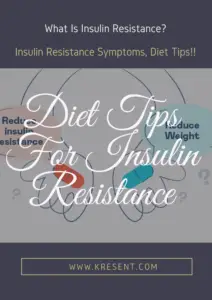
What Is Insulin Resistance?
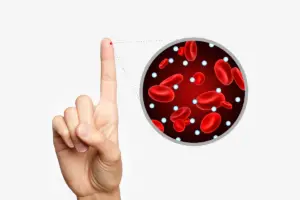
Insulin resistance is a condition when the cells in various parts of your body do not respond effectively to the insulin that is produced by the pancreas. To cover it up, the pancreas produces more than the required amounts of glucose. Eventually, the sugars settle down in your bloodstream and are left unused, therefore increasing your risk of developing diabetes.
Insulin Resistance Symptoms

- Dark patches of skin i.e; acanthosis nigricans.
- Skin tags.
- HDL cholesterol levels under 40 mg/dL.
- Triglyceride levels over 150 mg/dL.
- Blood Cholesterol higher than 130/80.
- Waistline over 40 in men and 35 in women.
Insulin Resistance Diet
Here, we shall discuss some changes you need to adapt to regulate insulin sensitivity. These are some of the most important things that you need to consider when you begin to start a diet for insulin resistance to lose weight, to control prediabetes and to improve your daily activity with energy.
1. Limit Carbohydrates
Using a low carb diet for insulin resistance is one of the best ways to cope up with it. Supervising carbohydrate intake is an important strategy when it comes to achieving glycemic control. You can go ahead with carbs in whole grains, fruits, vegetables, beans, which are healthy. However, skip on processed foods like pasta and white bread.

2. Control Your Food Portions
Apart from consuming healthy foods, it is also important to cut down on your portion size to increase the impact. Try to eat food in smaller portions throughout the day. Do not let yourself get too hungry, as it will increase the chance of eating more food.
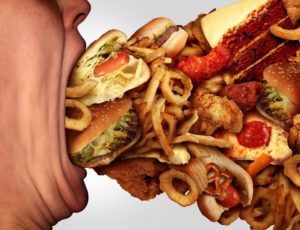
3. Switch To Healthy Fats
Unhealthy fats top the list of insulin resistance foods to avoid. If you are eating foods with fat content, make sure that they contain unsaturated fats. They help slow down digestion and offer essential fatty acids. Foods such as nuts and seeds provide healthy fats along with protein, fiber, and magnesium. Flax seeds and walnuts contain omega-3 fatty acids, which will benefit your heart health.
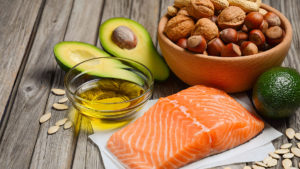
4. Stay Away From Sweetened Beverages
There is no denying that sugars have the ability to increase blood sugar levels in the body. This eventually causes insulin resistance. Beverages such as soft drinks, energy drinks, fruit juices, and iced tea contain sugar substances, increasing insulin resistance.
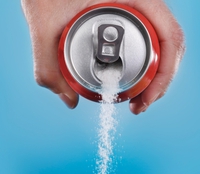
5. Eat Foods Rich In Fibre
The best diet for insulin resistance must include foods that are rich in fibre content. Consuming food containing 50 grams of fiber each day has improved glycemia in people with diabetes. Try to include avocado, Brussels sprouts, flaxseeds, peas, chia seeds, and quinoa, as they are rich in fiber and help regulate insulin resistance. In addition, they are low in calories and contain loads of vitamins and minerals along with antiinflammatory properties.
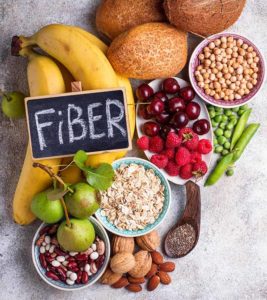
FAQs About Insulin Resistance
1. Is insulin resistance diabetes?
Insulin resistance is a condition linked to prediabetes and type 2 diabetes. Insulin resistance means your body is unable to respond to the amount of the hormone insulin it is producing. Insulin is made by your pancreas, one of your body’s organs. It helps protect your body from getting too much sugar (glucose).
2. What is the normal insulin level in child?
Median serum levels of insulin range from 17.4 and 13.2 pmol l−1 in 3–<3.5-year-old girls and boys, respectively, to 53.5 and 43.0 pmol l−1 in 10.5–<11-year-old girls and boys. Median values of glucose are 4.3 and 4.5 mmol l−1 in the youngest age group and 49.3 and 50.6 mmol l−1 in the oldest girls and boys